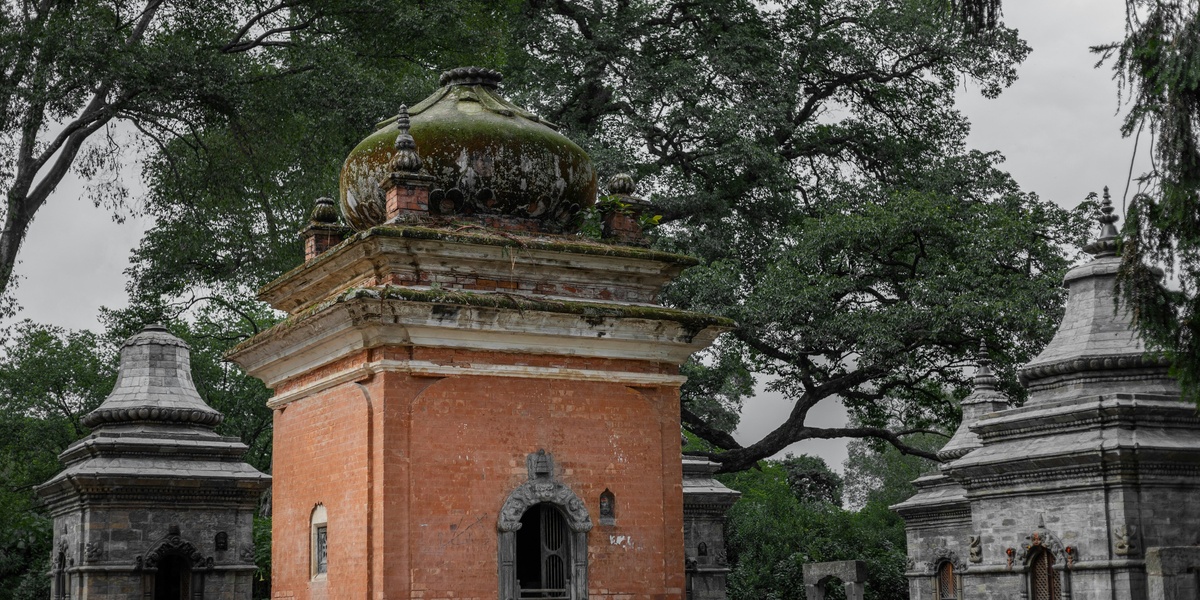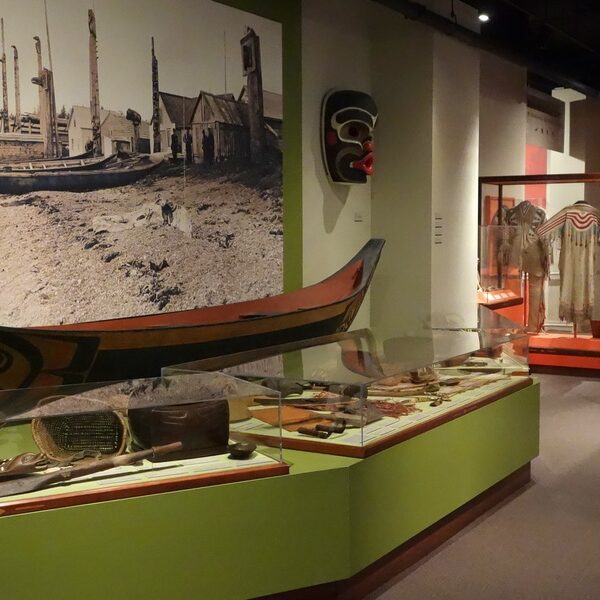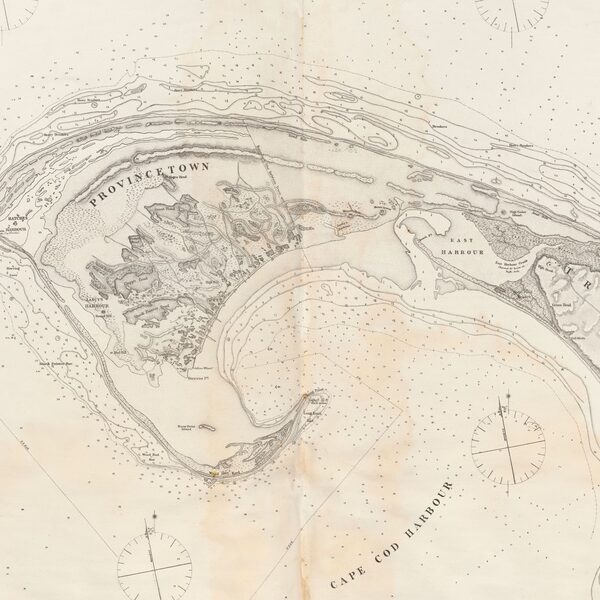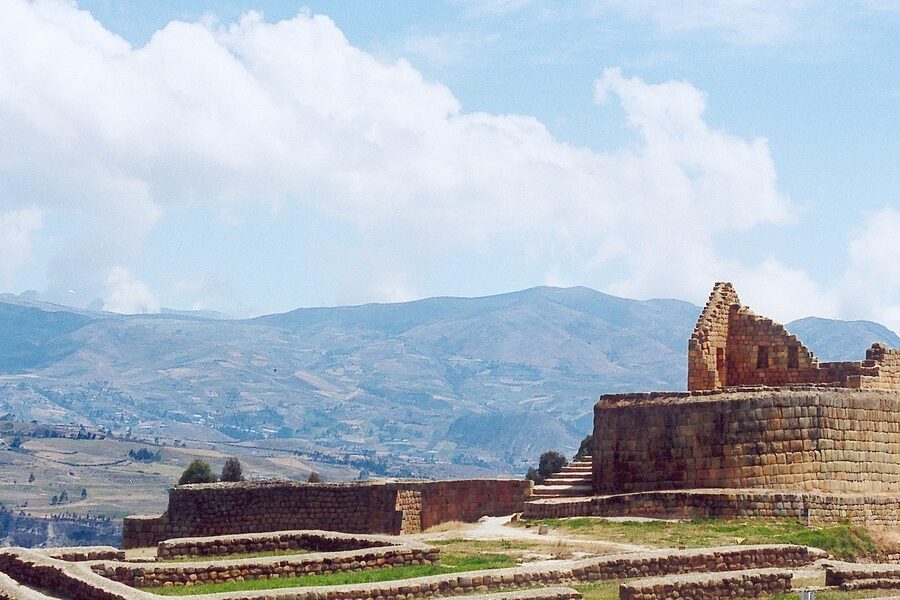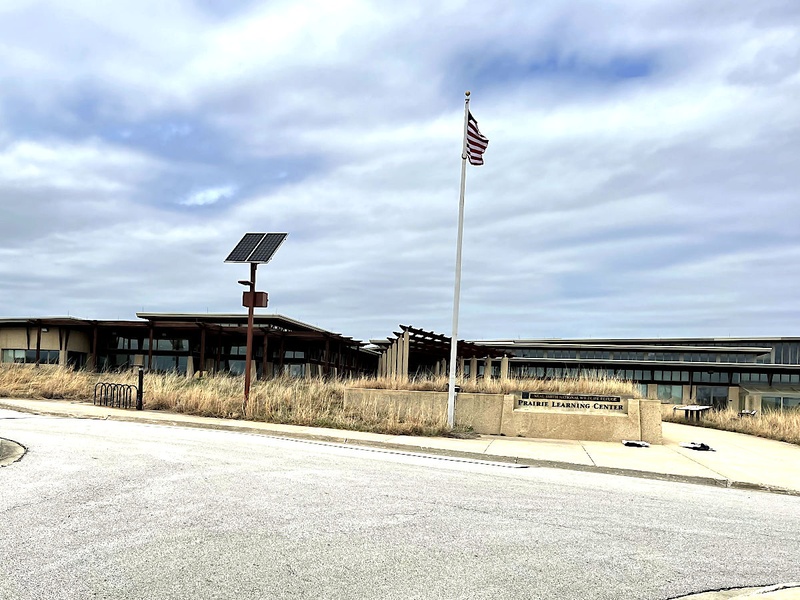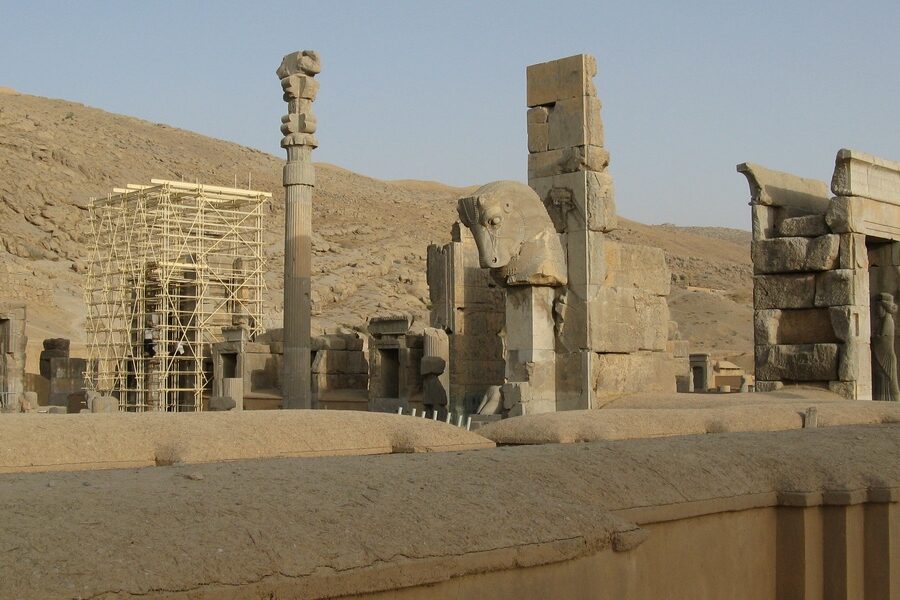Nepal’s history is written in stone and earth: abandoned palaces, fortified hilltops, and temple platforms that mark old trade routes and vanished settlements. These sites sit across mountains, valleys, and riverbanks, offering a variety of landscapes and practical challenges for visitors and researchers alike.
There are 25 Ruins in Nepal, ranging from Ajayamerukot to Upardang Gadhi. For each entry I’ve organized the details as Location,Coordinates (decimal°),Access (max 15 words) so you can quickly see where a site is and how to reach it; you’ll find below.
How should I prepare before visiting these ruins?
Check coordinates and seasonal access first, bring water, sturdy shoes, and a local map or GPS; hire a guide for remote sites, respect any restricted areas, and ask villagers about the safest route and permissions.
Which ruins are easiest to visit from Kathmandu?
Look for sites listed with road access or short walks in the Access column—many accessible ruins are within the Kathmandu Valley or neighboring districts and can be done as day trips if you plan transport and timing.
Ruins in Nepal
| Name | Location | Coordinates (decimal°) | Access (max 15 words) |
|---|---|---|---|
| Tilaurakot | Kapilvastu | 27.5815,83.0560 | Short drive from Lumbini or Taulihawa town. |
| Simraungadh | Bara | 26.8659,85.1275 | Accessible by road, located near the Indian border in the Terai plains. |
| Sindhuli Gadhi | Sindhuli | 27.2458,85.9550 | Accessible by road, about 20 km from Sindhuli Madi. |
| Makwanpur Gadhi | Makwanpur | 27.4231,85.2010 | A drive from Hetauda followed by a short hike to the hilltop fort. |
| Rani Mahal | Palpa | 27.9158,83.5622 | Reached by a rough road or hike along the Kali Gandaki river from Tansen. |
| Ajayamerukot | Dadeldhura | 29.3000,80.5833 | Located near Dadeldhura Khalanga, accessible by road and a short walk. |
| Khasa Malla Palace Ruins | Sinja Valley, Jumla | 29.3032,82.2031 | Located in the Sinja Valley, accessible via the Karnali Highway and local roads. |
| Dullu Palace Ruins | Dailekh | 28.8570,81.7101 | Accessible by road, located in the former winter capital of the Sinja Kingdom. |
| Upardang Gadhi | Chitwan | 27.6521,84.6640 | A 4-5 hour hike from Shaktikhor or accessible by a rough jeep track. |
| Jitgadhi Fort | Rupandehi | 27.7166,83.4619 | Located on the banks of the Tinau River in Butwal, easily accessible. |
| Ramagrama Stupa | Nawalparasi | 27.4939,83.8447 | A short drive from Parasi, the district headquarters. Close to Lumbini. |
| Gotihawa | Kapilvastu | 27.5458,83.0808 | A few kilometers southwest of Tilaurakot, easily accessible by road. |
| Niglihawa | Kapilvastu | 27.6105,83.1118 | Located about 8 km from Tilaurakot, accessible by a local road. |
| Balirajgadh | Saptari | 26.5492,86.6775 | Accessible by road, located near the modern town of Balan-Bihul in the eastern Terai. |
| Bijayapur Ruins | Dharan, Sunsari | 26.8300,87.2910 | Located on the outskirts of Dharan city, easily accessible. |
| Chaudandi Gadhi | Udayapur | 26.8839,86.9959 | Accessible by road from Gaighat, followed by a hike to the hilltop location. |
| Nuwakot Durbar Complex | Nuwakot | 27.9142,85.1633 | A 2-3 hour drive from Kathmandu, located on a strategic hilltop. |
| Hadigaon Excavation Site | Kathmandu | 27.7289,85.3371 | Located in the Hadigaon neighborhood of Kathmandu, near the main road. |
| Pandav Gufa | Sinja Valley, Jumla | 29.3051,82.2001 | Located within the main Sinja Valley ruins complex, accessible by foot. |
| Lamathada Complex | Sinja Valley, Jumla | 29.3100,82.2050 | Part of the greater Sinja Valley archaeological area, reached by local trails. |
| Someshwar Gadhi | Nawalparasi | 27.4200,84.1450 | Reached by a long and strenuous hike through the Chure/Siwalik hills. |
| Kotagarhi Fort | Jhapa | 26.6853,87.9701 | Located in the Kankai forest area, accessible via local roads and forest trails. |
| Chisapani Gadhi | Makwanpur | 27.5501,85.1373 | Located on the old trade route to Kathmandu, reached by a drive and hike. |
| Baisi Danda Ruins | Myagdi | 28.3750,83.5600 | Requires a multi-day trek into the hills of Myagdi district. |
| Tokha Palace Ruins | Tokha, Kathmandu | 27.7712,85.3340 | Located in the historic town of Tokha, a short drive from central Kathmandu. |
Images and Descriptions
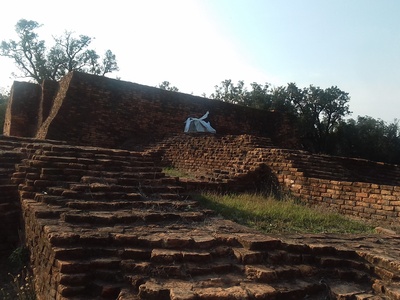
Tilaurakot
Ruins of the 6th century BCE capital of the Shakya kingdom. Believed to be ancient Kapilavastu, Prince Siddhartha’s home. Extensive foundations, mounds, and a fortified city wall are visible.
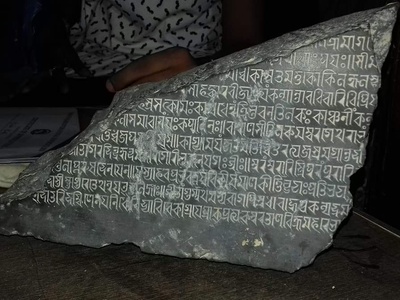
Simraungadh
The ruined capital of the Tirhut Kingdom, flourishing from the 11th to 14th centuries. The vast archaeological site includes remains of city walls, temples, and sculptures scattered across the area.
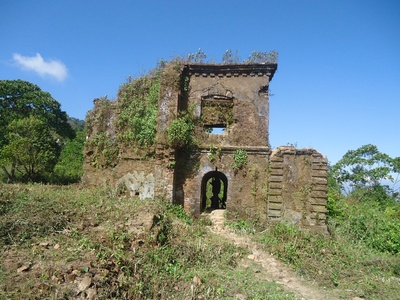
Sindhuli Gadhi
Ruins of an 18th-century fortress, famous for the 1767 battle where Gorkhali forces defeated British-led troops. The site has crumbling walls, bastions, and old structures with panoramic views.
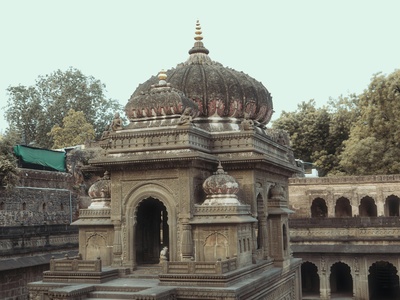
Makwanpur Gadhi
The historic 16th-century capital of the Sen dynasty of Makwanpur. The ruins include the main palace (Mool Gadhi), a queen’s palace, and defensive walls, offering significant historical insight.
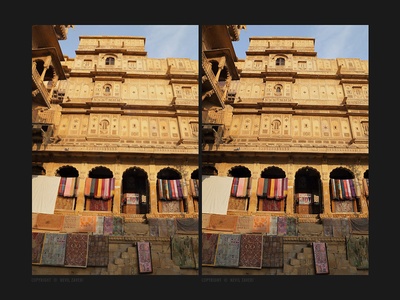
Rani Mahal
An abandoned palace built in 1893 on the banks of the Kali Gandaki River. Often called the ‘Taj Mahal of Nepal,’ its beautiful but decaying structure is a popular landmark.
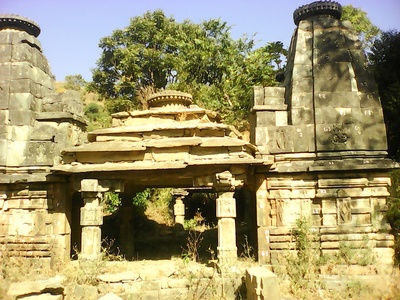
Ajayamerukot
Ruins of the medieval capital of the Doti Kingdom, a branch of the Khasa Mallas. The site contains stone foundations of the palace and temples from around the 13th century.
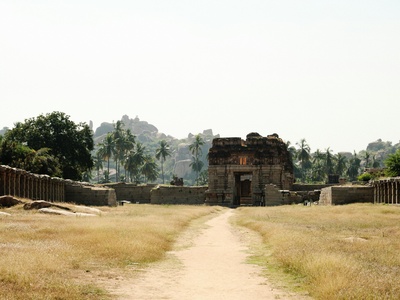
Khasa Malla Palace Ruins
Remains of the 12th-14th century capital of the powerful Khasa Malla Kingdom. The site includes stone pillars, carved stones, and extensive foundations of the former royal palace complex.
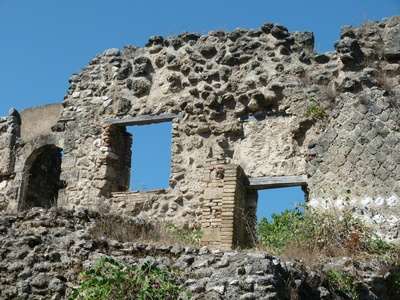
Dullu Palace Ruins
Site of the Khasa Malla’s winter capital. Ruins include intricately carved stone pillars, foundations of the palace, and various stone inscriptions, including the first example of the Nepali language script.
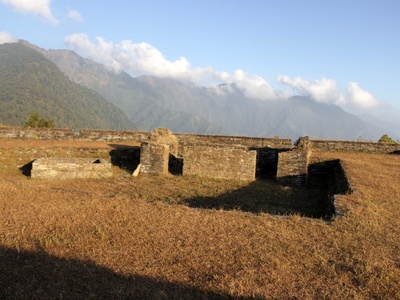
Upardang Gadhi
An 18th-century hilltop fort built to defend the surrounding region. The ruins offer stunning panoramic views of the Terai plains and include crumbling walls, gates, and a parade ground.
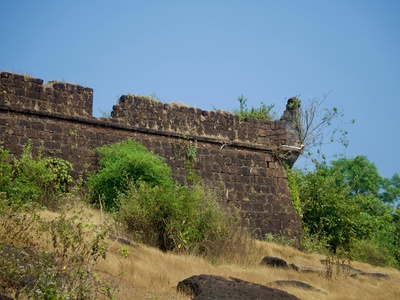
Jitgadhi Fort
A historic fort famous for the 1814 Anglo-Nepalese War, where Nepali forces led by Ujir Singh Thapa successfully defended against the British. The site consists of crumbling defensive walls.
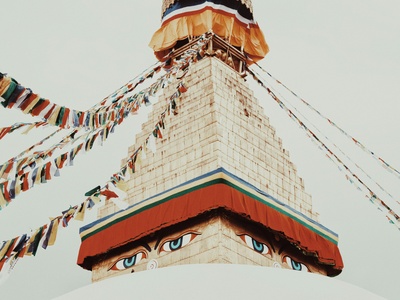
Ramagrama Stupa
The only undisturbed stupa containing relics of Gautama Buddha, built around the 5th century BCE. The site is a large earthen mound, unexcavated and covered in vegetation, of immense archaeological importance.
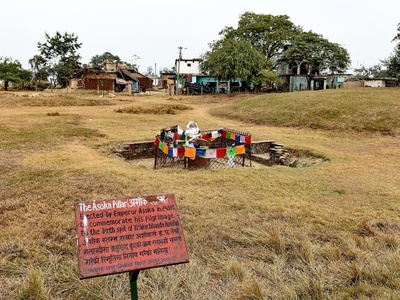
Gotihawa
An archaeological site associated with Krakuchhanda Buddha. The key ruin is a broken Ashokan pillar from the 3rd century BCE, alongside remains of an ancient stupa and monastic complex.
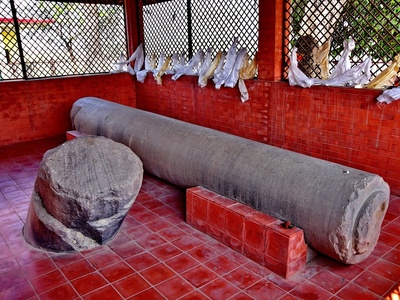
Niglihawa
Another significant Mauryan-era site where a broken Ashokan pillar is found. The pillar’s inscription confirms Emperor Ashoka’s visit and commemorates the Kanakmuni Buddha, a predecessor of Gautama Buddha.
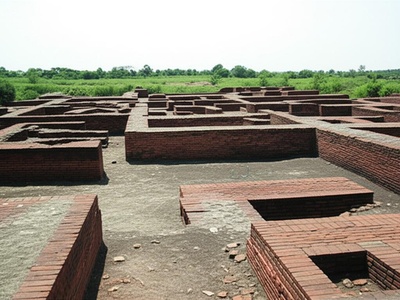
Balirajgadh
A large, fortified archaeological site with ruins dating from the Mauryan to Gupta periods (c. 300 BCE – 500 CE). Excavations have revealed brick structures, pottery, and defensive walls.
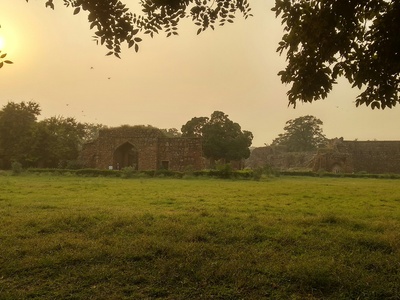
Bijayapur Ruins
The former capital of the Sen Kingdom of Morang until the Gorkhali conquest in the 18th century. The site contains the ruins of the palace, temples, and a sacred water tank (Buddha Kunda).
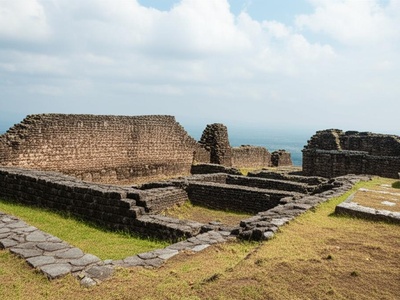
Chaudandi Gadhi
Ruins of the 16th-century capital of the Sen Kingdom of Chaudandi. The site features the remains of the royal palace, stone walls, temples, and offers commanding views of the plains.
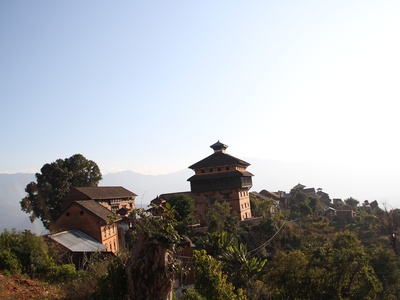
Nuwakot Durbar Complex
While the main palace is restored, the larger complex contains significant ruins from the 18th-century Malla and Shah periods, including fortifications and smaller temples damaged over time and by earthquakes.
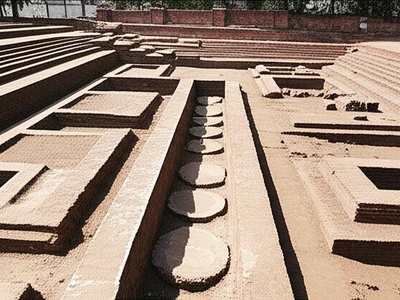
Hadigaon Excavation Site
An important Lichhavi period (c. 400-879 CE) archaeological site. Excavations have unearthed foundations of ancient structures, water conduits, and significant sculptures like the famous ‘Headless Statue’.
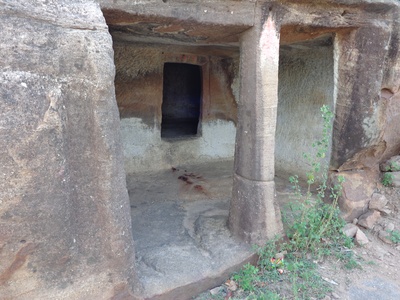
Pandav Gufa
A series of five ancient caves believed to have been used by ascetics during the Khasa Malla Kingdom era. The caves feature carved facades and are an integral part of the valley’s ruins.
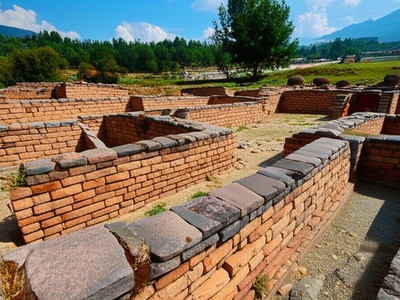
Lamathada Complex
Ruins of a significant Buddhist monastic complex dating back to the Khasa Malla period. The site includes the foundations of Viharas (monasteries), stupas, and numerous carved stone relics.
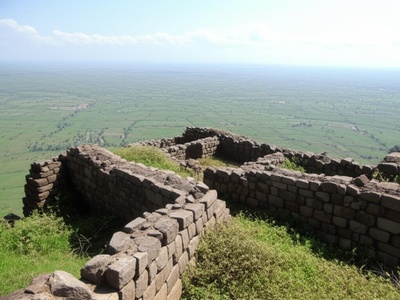
Someshwar Gadhi
A remote and crumbling hilltop fort offering spectacular views. Believed to be from the late medieval period, its ruins consist of stone walls, bastions, and structural foundations reclaimed by nature.
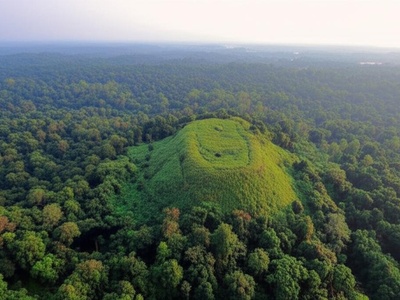
Kotagarhi Fort
The ruins of an ancient fortified settlement believed to date back to the Kirat or early medieval period. The site is a large earthen rampart and mound, now covered by forest.
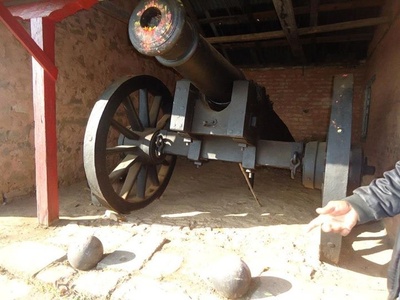
Chisapani Gadhi
A strategically important 18th-century fort guarding the entry to Kathmandu Valley. The ruins include impressive stone walls, gateways, and barracks, offering a glimpse into Nepal’s pre-unification military architecture.
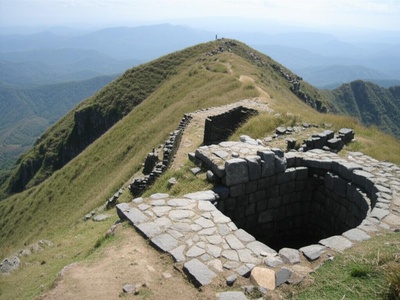
Baisi Danda Ruins
The “Hill of 22,” referring to the Baise Rajya principalities. The ridge contains scattered stone foundations and ruins of a fort that was part of a small, pre-unification hill kingdom.
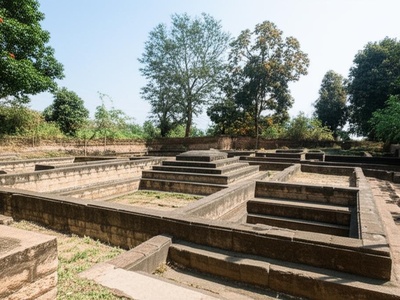
Tokha Palace Ruins
Remains of a Malla-era palace near the Chandeshwori temple. Though not extensive, the site includes old foundations and walls that point to the area’s historical importance before unification.

